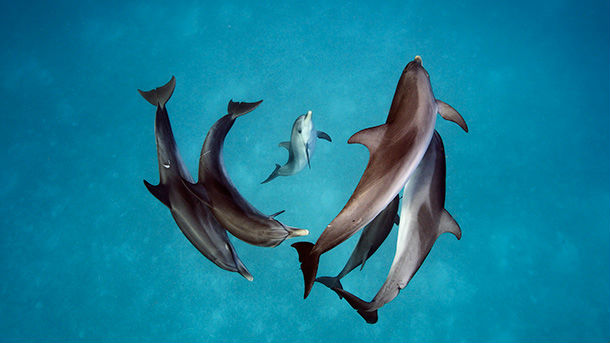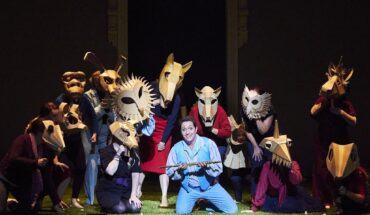One of my earliest and fondest childhood memories was bedtime stories. My father was a great storyteller and he used to tell me stories about dolphins, sharks and other underwater creatures (no mermaids though). I remember these stories well because he described the creatures in such exquisite details: their movements, habits, how they formed friendships, how they worked together and how they think. As he recounted these stories, sending me to sleep, my mind’s eye was free to create the wondrous natural environment that was the ocean floor.
I was, too, one of thousands of kids that grew up in the 90s with ambitions to become a marine biologist after watching endless episodes of Ocean Girl. I suspect that few, if any of us, every did end up being one.
While not a marine biologist, National Geographic photojournalist Brian Skerry has spent over 10,000 hours exploring the world’s oceans. Last Saturday, my plus one and I were fortunate enough to attend Brian’s talk at the Opera House, called Ocean Wild. I was excited at the prospect of reliving those childhood stories, while my plus one was equally excited about seeing photos of cute dugongs and dolphins.
Over the course of 90 minutes, Skerry took the audience on an underwater adventure, recounting to us some of his most exciting assignments, accompanied by an dazzling array of photos and videos. He started with some of recent works in Japan, covering sea life in cold, tropical and temperate ocean climates. In each case, the audience was introduced to sea creatures many of us have never heard of, let alone able to examine and vivid detail and colour of Skerry’s photographs.
While we may imagine it to be an amazing job, spending hours in the water with these glorious animals, Skerry makes it clear that it is no walk in the park. It is an inherently dangerous job. From diving under frozen lakes to the cold, choppy, waters in Patagonia, the weeks or months spent under the ocean are often in search of one moment of magic: when the animals appear from the depths of the ocean and the lighting is ripe for a split-second capture. But as his photos show, they are worth it.
Skerry believes that the characters and stories of our underwater ecosystem are worth telling. The ocean is vital to humanity’s existence: it is a source of food, of pleasure and of life. His images remind us that the fragile ecosystem is being slowly destroyed. Our growing sushi obsession has led to the near extinction of the blue-fin tuna, coastal developments have depleted the population of florida manatees, and climate change causing irreversible damages to coral reefs.
Much of Skerry’s work is informed by his belief that images are powerful, and that they can lead to conversation. He talked passionately about his work and about we might better protect the ocean in the future. Of particular interest were examples of aquaculture – experimental farms that breed seafood in sustainable ways. For example, a scallop farm off Vancouver Island uses fish waste to feed Japanese scallops and sea cucumbers that eat excretions from nearby pens of sablefish. Skerry believes that these might provide a blueprint for better, sustainable fisheries.
The last 15 minutes of the show was devoted to dolphin intelligence. Here, I was transported back to those childhood memories and stories, entranced like many younger audience members. It’s as if we had just witnessed Toy Story for the first time. The photos and videos reminded us that dolphins are a most magnificent creature.
If you haven’t already, it is worth checking out Skerry’s published works. But be warned, it might make you think twice before hopping on that sushi train.
Ocean Wild is also showing in Perth 24 October (Heath Ledger Theatre) and Melbourne on 29 October (Hamer Hall).
The Plus Ones were invited guests of the Opera House.
[text-blocks id=”353664″]



